Last summer, I found myself seated in one of Italy’s most extraordinary venues as the sun dipped below the horizon. The Sferisterio Arena in Macerata transformed into a magical open-air theater where opera notes drifted up to mingle with emerging stars.
Experiencing opera at the Sferisterio is unlike any other musical event. The unique wide, shallow stage and perfect acoustics create an intimate connection between performers and audience, even under the vast night sky.
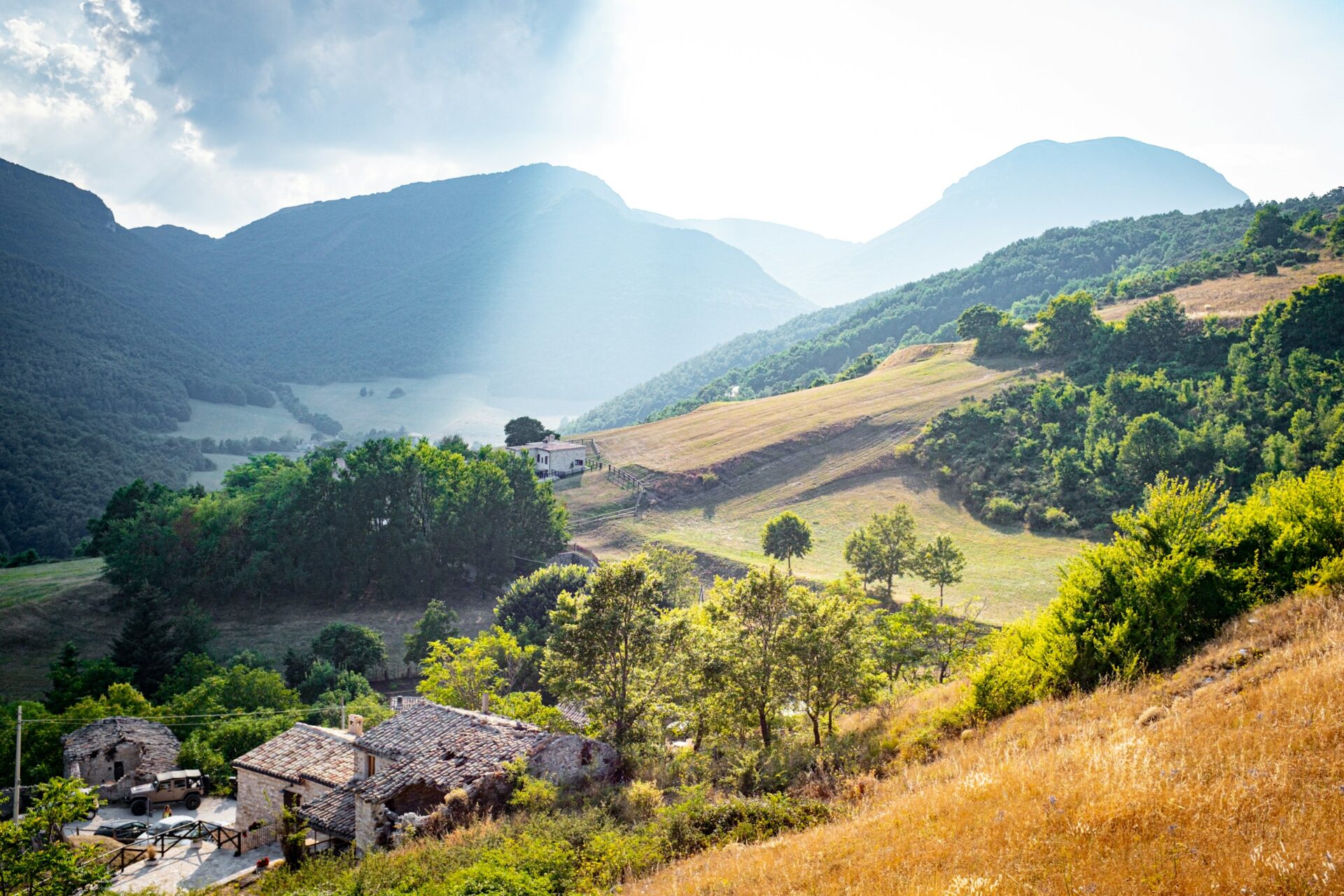
The anticipation builds as twilight fades and the performance begins in this spectacular 19th-century neoclassical arena. I was swept away by the emotional power of the music, enhanced by the warm Italian evening and the arena’s remarkable setting.
With the 61st Macerata Opera Festival approaching in July 2025, I’m already dreaming of returning for Franz Lehár’s “La vedova allegra” (The Merry Widow).
What makes the Sferisterio truly special isn’t just the world-class performances, but how the entire experience becomes a memory you’ll treasure forever. The combination of stellar acoustics, dramatic lighting against ancient stone, and sitting beneath a canopy of stars creates a uniquely Italian cultural experience.
If you love music, architecture, or simply unforgettable travel moments, this hidden gem in the Marche region deserves a spot on your bucket list.
History and Significance of the Sferisterio
The Sferisterio in Macerata stands as a remarkable testament to neoclassical architecture that transformed from a sports arena to one of Italy’s most beloved open-air opera venues. Its curved wall and perfect acoustics have made it a unique destination for opera lovers from around the world.
Architectural Marvel of Macerata
The magnificent Sferisterio was designed in the 1820s by architect Ireneo Aleandri in a stunning neoclassical style. What fascinates me most is that this grand structure wasn’t initially built for opera at all! It was constructed through private subscriptions from local citizens who wanted a venue for “pallone col bracciale,” a traditional Italian ball game.
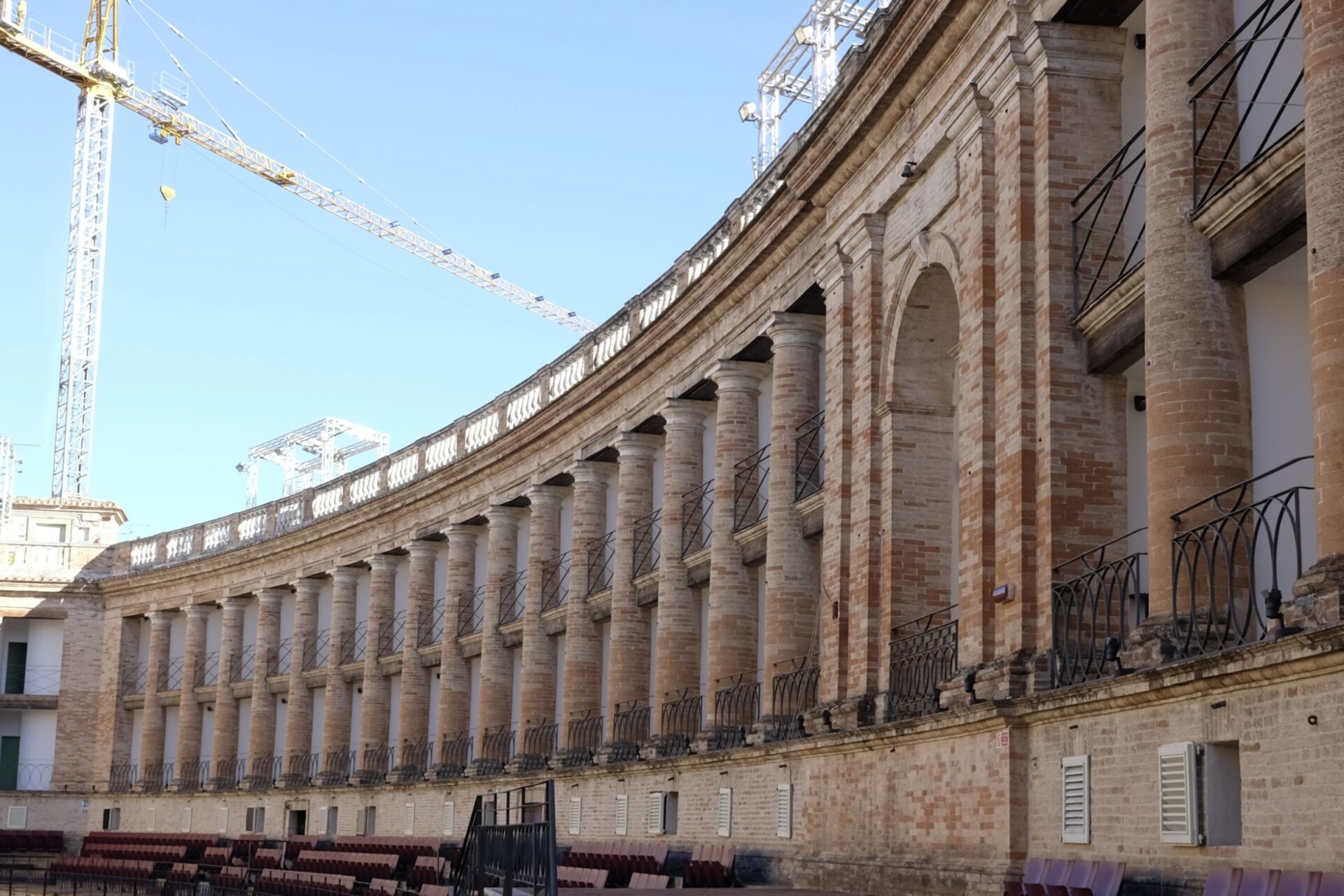
The arena’s most distinctive feature is its 90-meter curved wall, which creates nearly perfect acoustics. Walking through the Sferisterio, I’m always struck by how its 56 elegant arches and columns blend harmoniously with the surrounding landscape of Macerata.
The structure includes unique boxes that line one side of the arena, giving it an intimate feel despite its impressive size.
A Storied Venue for Operatic Wonders
Though built for sports, the Sferisterio found its true calling in the performing arts. The first opera performance took place in 1921 with a production of Verdi’s “Aida” – marking the beginning of a rich operatic tradition.
What makes watching performances here so magical is the combination of world-class acoustics and the enchanting experience of opera under the stars. The Macerata Opera Festival, which I try to attend whenever possible, has become a highlight of Italy’s cultural calendar.
Over the decades, the Sferisterio has hosted countless legendary performances and famous singers. The venue holds special significance in Italy’s Marche region, where opera traditions have deep historical roots.
I love how the Sferisterio makes opera accessible to all, maintaining the grandeur of the art form while opening it to wider audiences in this breathtaking open-air setting.

Image Source: Flickr
Discovering the Magic of Opera
Opera at the Sferisterio offers a unique blend of artistic excellence and atmospheric beauty that captivates even first-time operagoers. The magical setting transforms classical performances into unforgettable experiences.
The Enchantment of an Open-Air Theatre
There’s something truly special about watching opera under the stars at Macerata’s Sferisterio. The warm summer air, the twinkling stars overhead, and the magnificent 19th-century arena create an atmosphere that indoor venues simply cannot match.
I was mesmerized by how the acoustics work perfectly despite being outdoors. The sound travels clearly across the arena, carrying every note of the soprano’s aria directly to my seat.
The arena’s unique semi-circular design provides excellent sightlines from nearly every seat. As twilight faded to darkness during Madama Butterfly, the lighting effects against the stone walls added a dramatic dimension to Puccini’s heartbreaking tale.
Diverse Repertoire at the Sferisterio
The 2025 Macerata Opera Festival continues its tradition of exceptional programming. From July 18 to August 10, the festival will feature “La vedova allegra” along with other masterpieces.
In past seasons, I’ve seen powerful productions of Rigoletto and Turandot that took my breath away. The festival expertly balances beloved classics with fresh interpretations.

Image Source: Flickr
Puccini features prominently in the Sferisterio’s programming, especially in recent years. The 2024 season honored him with both Turandot and La Bohème, showcasing his genius for creating emotionally charged music.
What impresses me most is how these productions use the unique architecture of the Sferisterio. Directors incorporate the massive wall and open space in creative ways that enhance the storytelling.
Star Performances
The Sferisterio’s acoustics create a perfect backdrop for world-class vocal talent, making each performance a memorable experience. Both established stars and rising talents have graced this unique stage, bringing opera classics to life under the Italian night sky.
Celebrated Voices in the Open Air
I was mesmerized by the power and clarity of Anna Netrebko’s soprano as it soared through the open-air theater during last season’s Turandot. Her voice seemed to dance among the stars overhead, filling the space with emotion that needed no amplification.
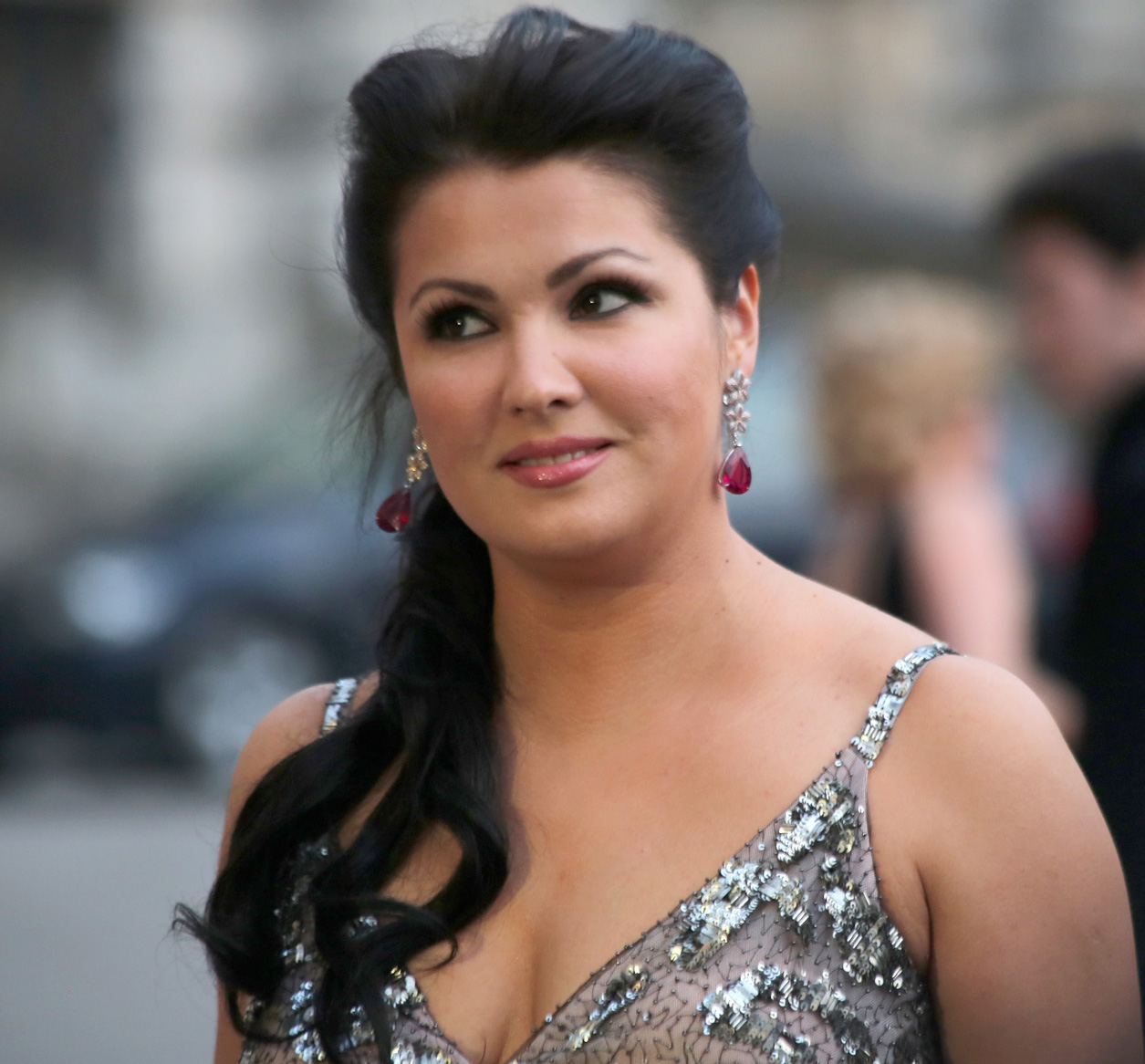
Image Source: Wikimedia Commons
Equally impressive was the Irish mezzo-soprano Tara Erraught, whose rich tones brought depth and nuance to her role in La bohème. The way her voice projected across the arena made me understand why the Sferisterio is praised for its natural acoustics.
The baritone Ludovic Tézier commanded the stage with his powerful presence. His performance in Bellini’s Norma left the audience breathless, with many around me wiping away tears during his most moving arias.
Notable Sferisterio Debuts
The festival has launched many promising careers over its six decades. Last summer, I witnessed the Sferisterio debut of young soprano Lisette Oropesa, whose crystalline voice and masterful control marked her as a rising star to watch.
The American mezzo-soprano Jamie Barton made her first Sferisterio appearance to thunderous applause. Her powerful voice filled the arena with surprising ease for a newcomer to this unique acoustic space.

Image Source: Wikimedia Commons
Looking ahead to the 2025 festival schedule (July 18-August 10), several anticipated debuts include:
- Maria Agresta (soprano) in La vedova allegra
- Benjamin Bernheim (tenor) at the Opera Gala on July 31
- Ekaterina Semenchuk (mezzo-soprano) in a special concert performance
These debuts often become career-defining moments, as the Sferisterio’s challenging acoustics can reveal a singer’s true technical mastery.
The Role of the Sferisterio in the Wider Opera Circuit
The Sferisterio has transformed from a sports venue into one of Italy’s most distinctive opera houses, earning international recognition for its unique neoclassical design and outstanding acoustics. Its summer festival has become a highlight in the European opera calendar.
Macerata’s Contribution to Global Opera Culture
When I visited the Sferisterio, I was struck by how this once-humble sports arena has become a pillar of Italy’s opera tradition. Built in the 1820s, it took decades before hosting its first opera performance. Now it sits confidently alongside more famous venues.
The 60th anniversary season in 2024 featured Puccini masterpieces, continuing their tradition of artistic excellence. I’ve noticed how Macerata has carved out its niche by focusing on spectacular summer productions under the stars.
Unlike Torre del Lago’s Puccini Festival near Lake Massaciuccoli, or Pesaro’s Rossini Opera Festival, Macerata embraces diverse repertoire. Their programming attracts both traditionalists and those seeking fresh interpretations.
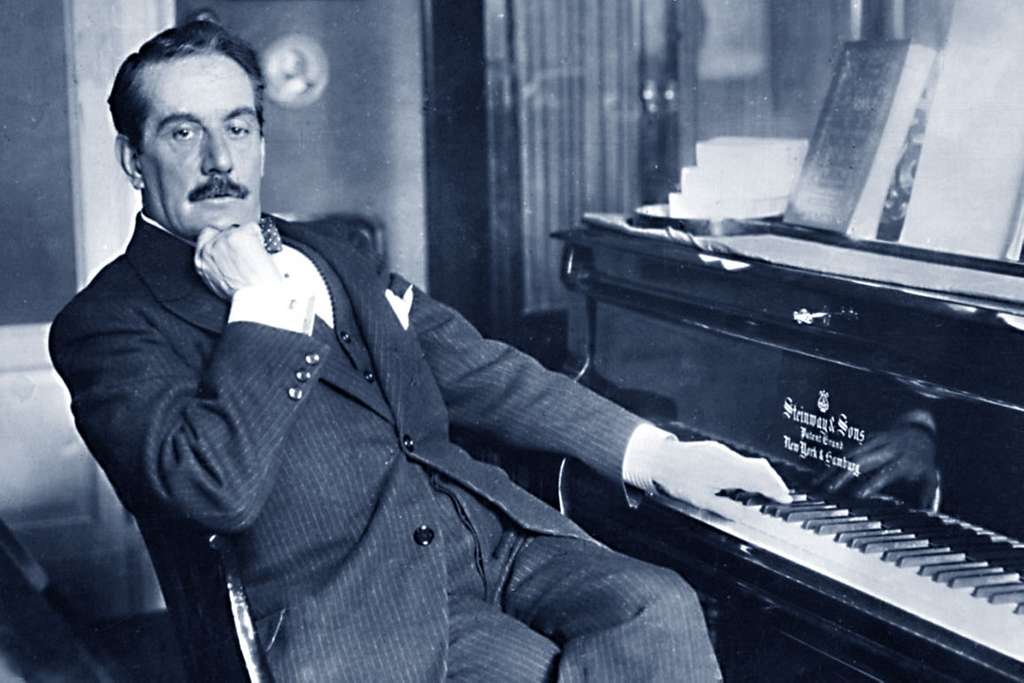
Macerata Versus Other Iconic Venues
While Salzburg’s Festspielhaus might claim greater prestige and Verona’s Arena larger crowds, I found Macerata offers something truly special: intimacy with grandeur.
The Sferisterio’s semi-circular design creates perfect sightlines and acoustics that larger venues like Verona struggle to match. Its 2,500 capacity feels just right—not overwhelming like some venues, not too restricted like others.
Unlike Viareggio’s seasonal performances, Macerata has developed consistent artistic vision through decades of summer festivals. The programming differs from Bayreuth’s Wagner-only approach, instead offering varied productions.
What sets Macerata apart is its accessibility. Ticket prices run lower than Salzburg or Milan, making world-class opera available to more people. This democratic approach to high art has won my appreciation and explains its growing international reputation.
Enhance Your Experience
Attending an opera at Sferisterio offers more than just the performance itself. The entire evening can become a memorable adventure with some thoughtful planning and participation in the surrounding festivities.
Before the Curtain Rises
I recommend arriving at least two hours before showtime to fully embrace the pre-performance atmosphere. Many local restaurants offer special “opera menus” featuring regional specialties that make for a perfect start to your evening.
Pick up a program or download the festival app to read the synopsis of works like La Traviata or Così Fan Tutte. This background knowledge deeply enriches your understanding once the music begins.
The nearby Piazza della Libertà buzzes with energy before performances. I love stopping at one of the cafés for an aperitivo while listening to the occasional street musicians playing chamber music or piano pieces.
Consider joining one of the guided tours of the Sferisterio itself. These tours reveal fascinating architectural details and the venue’s unique history from sports arena to opera house.
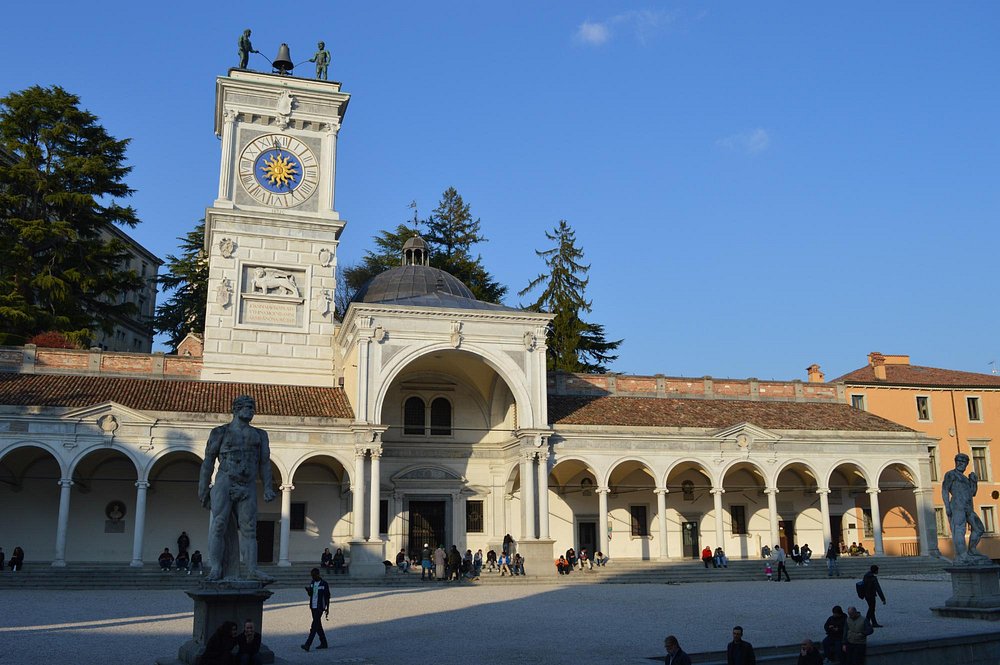
Image Source: Tripadvisor
Memories Beyond the Final Applause
After the magic of La Cenerentola or other performances ends, the night doesn’t have to. Many local wine bars stay open late specifically for opera-goers. They offer the perfect setting to discuss the evening’s musical highlights.
I always bring a small cushion for comfort during longer operas. The stone seating can get uncomfortable during three-hour performances like La Traviata!
Consider purchasing a recording or libretto as a meaningful souvenir. These mementos help me relive the experience long after returning home.
For photography enthusiasts, the illuminated Sferisterio against the night sky makes for stunning shots. Just remember to take photos before or after the performance, not during.
The walk back through Macerata’s medieval streets after the show offers a peaceful moment to reflect on the artistry. This is while the melodies still echo in your mind.

